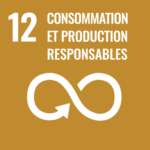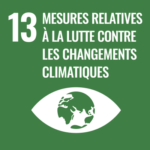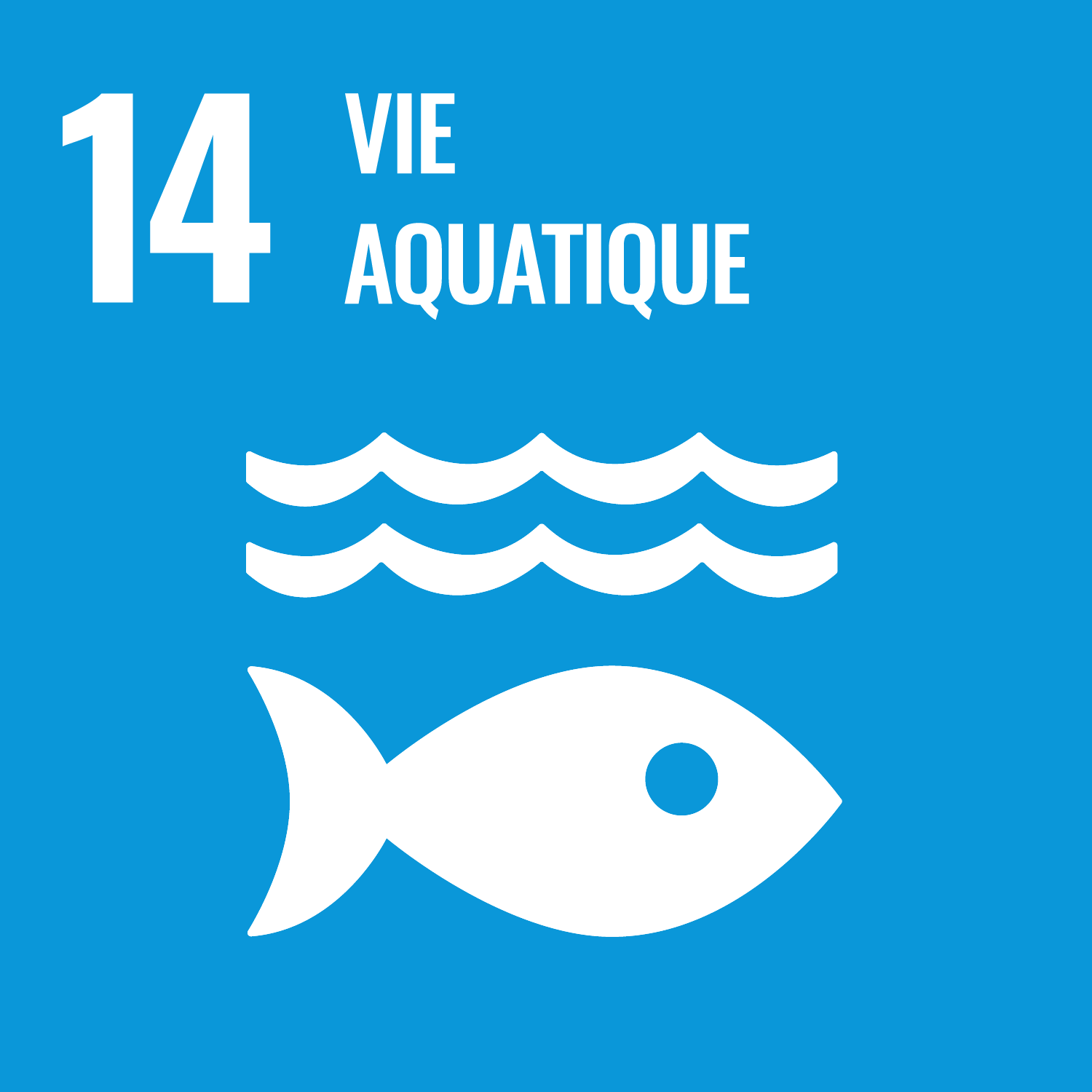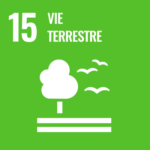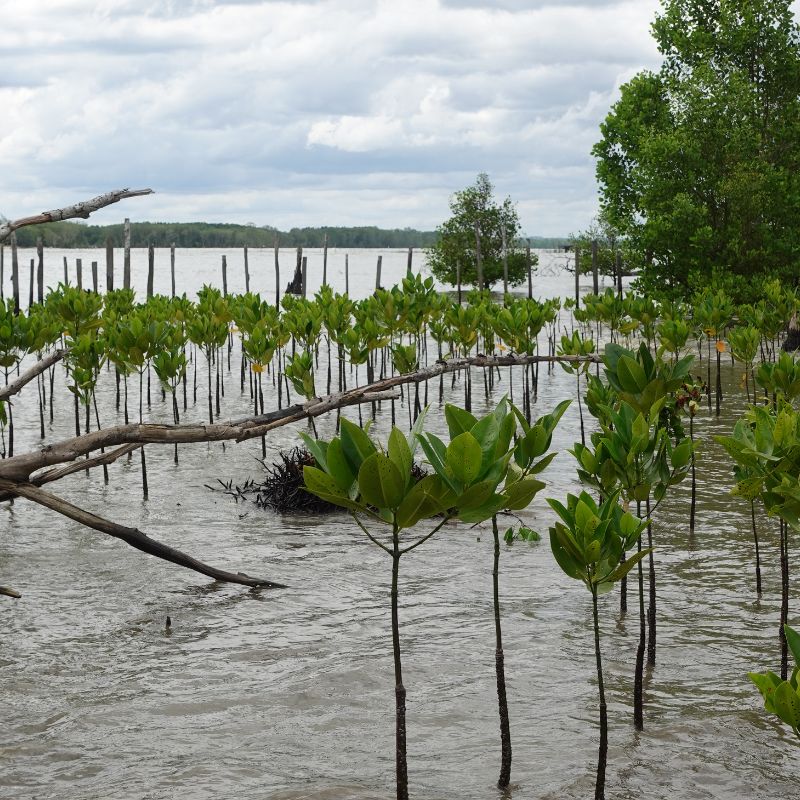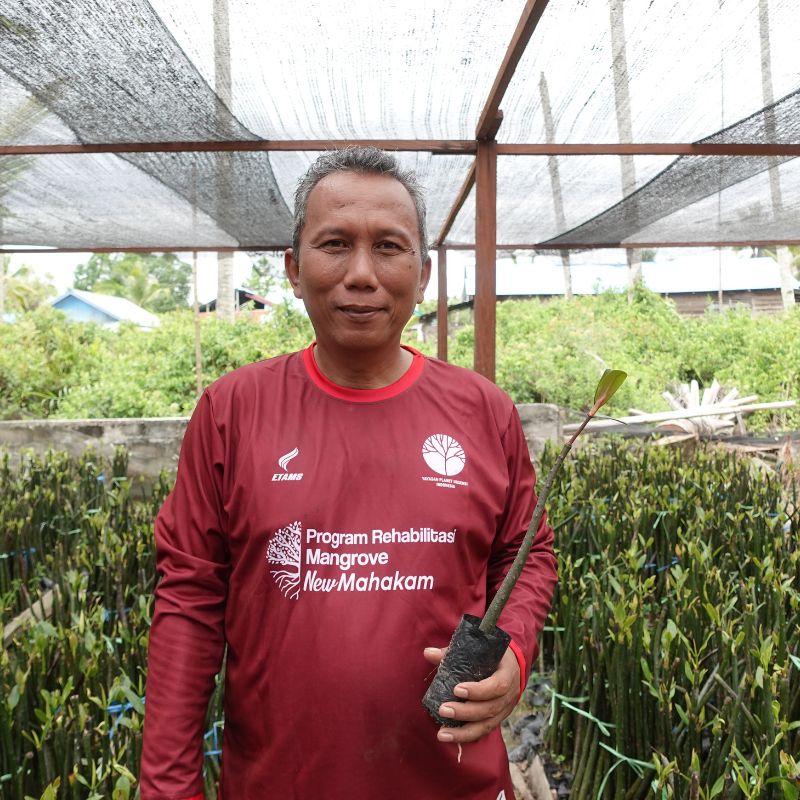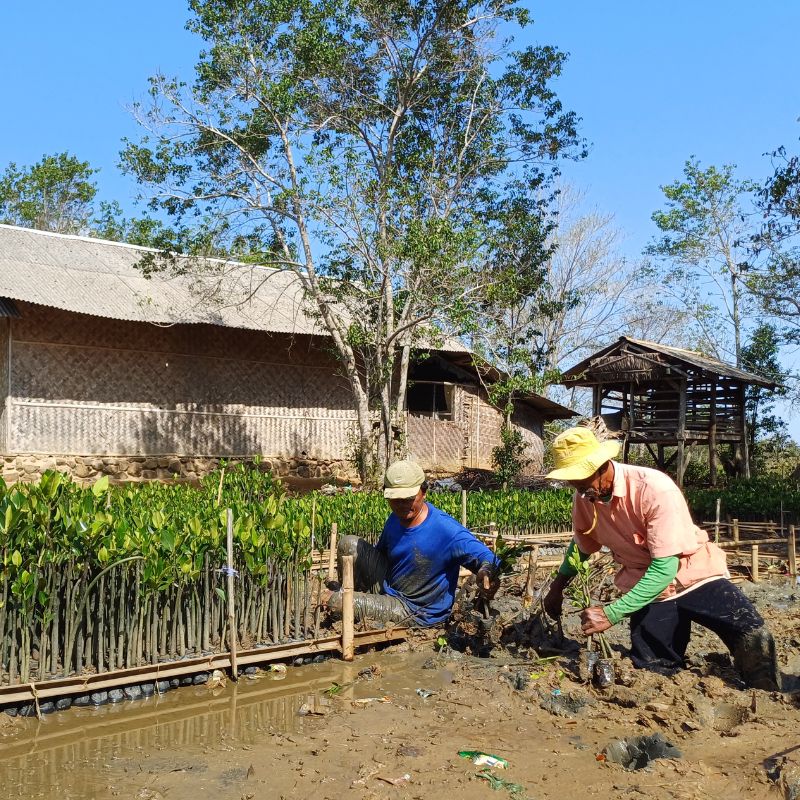
Our projects
Mangrove ecosystem and conservation of the Java rhinoceros
Project MERCI – Indonesia
On deployment
The western tip of the island of Java in Indonesia is home to the Ujung Kulon National Park (UKNP), which faces a high risk of volcanic eruptions, earthquakes and tsunamis, as was the case in 2018. This vulnerability to natural disasters is increased by human density and activity.

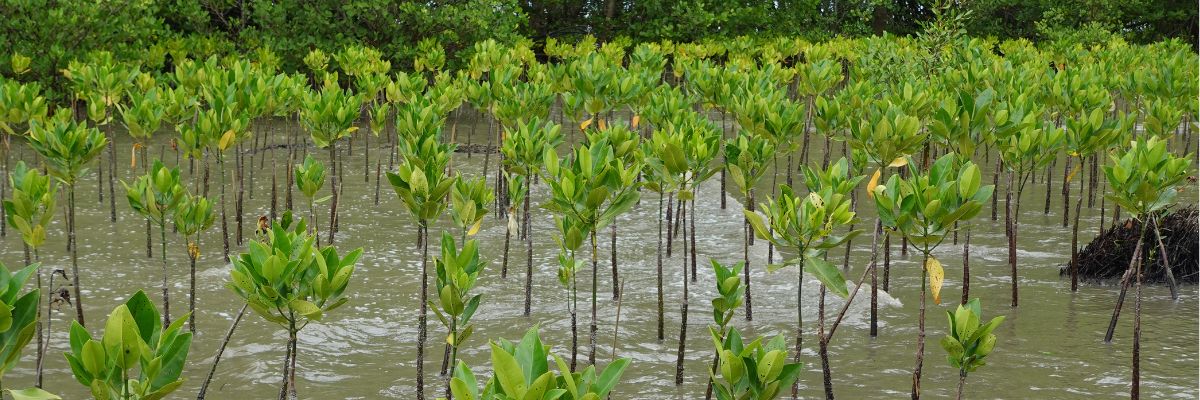
Context
Ujung Kulon National Park (UKNP), on the island of Java in Indonesia, is increasingly vulnerable to volcanic eruptions, earthquakes, tsunamis and other natural disasters. This vulnerability is increased by human density and activity, particularly due to the development of tourist infrastructures. Mangroves have suffered massive degradation and this situation now threatens the livelihoods of local communities.
Within the park, part of the Javan rhino’s habitat has disappeared, leading to the decline of this emblematic animal. The latest census in 2020 indicates that only 74 individuals of the Javan rhinoceros remain, making it the most critically endangered large mammal on the planet.
Key figures
Since 2020, the programme has included :

826400
trees planted

82
hectares planted

7 190
students reached
« Communities must be included in restoration programmes. They must be made responsible and involved in these programmes. The MERCI project involved us »
Yaya Zakaria, mangrove planter and project beneficiary
Financed by

